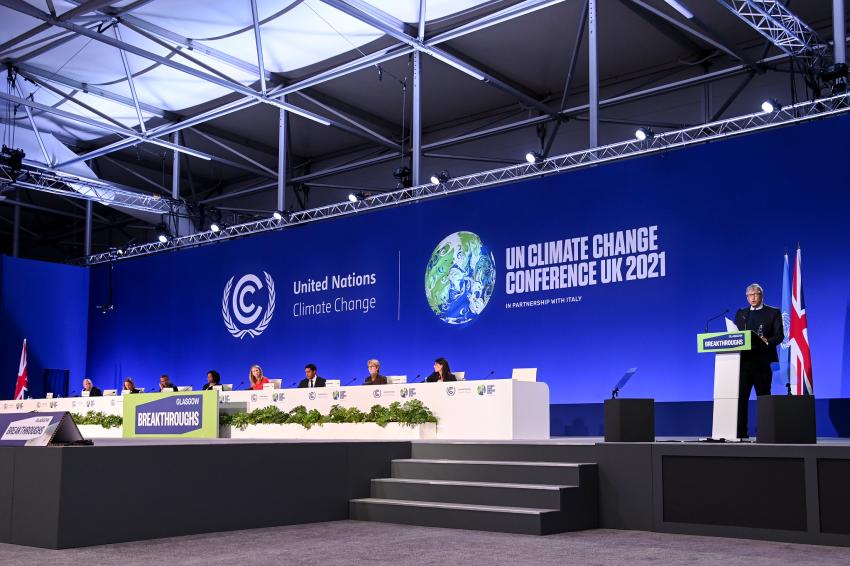Methane Reduction Pledge signed at COP26
A proposal to curb methane emissions drafted by the US Environmental Protection Agency (EPA) surprisingly resulted in an agreement, backed in particular by the US and Europe. The Global Methane Pledge, aimed at holding warming to 1.5°C, was signed by more than 100 countries said to represent 70% of the global economy and nearly half of anthropogenic methane.
Notably absent from the signing, and the summit altogether, were countries seen as major methane polluters, such as China, Russia, Australia and India.
Countries joining the pledge are committing to a collective goal of reducing global methane emissions by at least 30% from 2020 levels by 2030 and moving toward using best available inventory methodologies to quantify methane emissions.
Global philanthropies have committed $328 million in funding to support scale-up of methane mitigation strategies. The European Bank for Reconstruction and Development, the European Investment Bank and the Green Climate Fund will support the pledge through both technical assistance and project finance. The International Energy Agency will also serve as an implementation partner.
The intended outcome of the Global Methane Pledge is to reduce warming by at least 0.2°C up to 2050. According to the Global Methane Assessment drawn up by the Climate and Clean Air Coalition (CCAC) and the United Nations Environment Program (UNEP) quoted at the summit, achieving the 2030 goal could prevent 200,000 premature deaths.
EPA intends to enforce US compliance
Plans drafted by the EPA call for limiting the methane emitted from around 1 million existing oil and gas rigs across the US, as well as industrial operations where applicable. In unveiling the pledge, US president Joe Biden and European Commission president Ursula von der Leyen called it one of the most effective tools to fight the effects of climate change quickly. Biden said optimistically that the US is prepared to meet the methane goal and might even exceed it by 2030.
The US agency said it plans to release a supplemental proposal next year to clarify rules and potentially expand them to include additional methane sources.
Even trade groups such as the American Petroleum Institute, from which French energy and petrochemical group Total publicly withdrew earlier this year, slamming its resistance to regulating emissions, labeled the EPA proposal “sweeping” and pledged to work with it to help shape rules that are “effective, feasible and designed to encourage further innovation.” Oil and energy groups such as BP, which are not shy about touting their greening strategies, also applauded the plans.
Biden has set a target to slash greenhouse gas emissions by more than 50%, a plan that will be critically viewed by the traditionally recalcitrant US Congress, but new EPA commissioner Michael Regan has pledged to wield the agency’s regulatory tools. At the center of the US plan to tackle methane domestically is an EPA proposal that will require oil and gas operators to aggressively detect and repair methane leaks.
Ambitiously from 2023, the US proposal will require companies to monitor 300,000 of their biggest well sites every three months, ban the venting of methane produced as a byproduct of crude oil into the atmosphere, and require upgrades to equipment such as storage tanks, compressors and pneumatic pumps.
In 2016, the administration of former US president Barack Obama introduced curbs on methane emissions from new oil and gas infrastructure but these were dismantled by the administration of former President Donald Trump before being reinstated earlier this year by Congress.
The Glasgow summit has yet to reach an agreement on reducing CO2 pollution. Varying proposals for remedies such as emissions trading are on the table, some of them controversial.
Author: Dede Williams, Freelance Journalist





